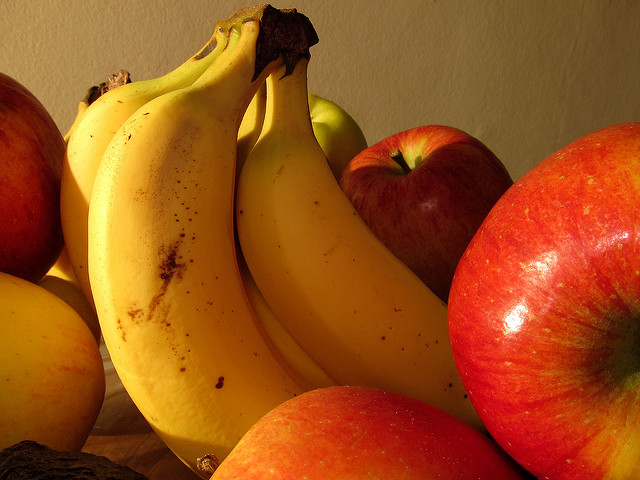
August 7, 2017
What is fiber?
Fiber is a carbohydrate. But unlike other carbohydrates, it can’t be broken down and absorbed by your body. It’s the part of plant foods that is not digested by the small intestine and instead arrives in the colon largely unchanged.
What is the difference between soluble and insoluble fiber?
Two types of fiber are soluble and insoluble fiber (there is also a third type with properties of both, known as resistant starch). Most fiber-containing foods contain both soluble and insoluble fiber but usually have more of one type over the other. Most soluble fiber is soluble in water. It absorbs water and turns into a gel-like substance. This contributes to fecal bulk and ability to hold water, creating stool that is soft and easy to pass. Insoluble fiber, or “roughage,” doesn’t change much when combined with water. But it too adds bulk to stool and absorbs water as it moves through the digestive system, which can increase pressure on colonic walls and help stimulate bowel movements.
Which is more important, soluble or insoluble fiber?
It’s important to eat both soluble and insoluble fiber for a variety of health reasons, including weight management. Fiber can add volume to food and slow gastric emptying, which makes you feel full. Fiber can also affect gut bacteria. We’re learning that the make-up of gut bacteria plays an important role in weight management. Generally speaking, soluble fiber is fermented by gut bacteria (though some insoluble fiber can be fermented too) and promotes the growth and maintenance of beneficial gut bacteria. Soluble fiber is a “prebiotic,” or food for the intestinal bacteria. Some of the best sources of soluble fiber are bananas, asparagus, garlic, onion, leeks, dandelion greens and Jerusalem artichokes.
What can happen if you get too little or too much fiber?
High fiber intake has been associated with a lower risk of heart disease, diabetes and obesity. It can decrease blood cholesterol, promote satiety and dampen the glucose and insulin spikes after meals. Fiber can improve gastrointestinal health by warding off chronic bowel disease and diverticulosis. I often see patients who aren’t getting enough fiber coming in with problems like constipation and hemorrhoids.
On the other hand, it’s hard to eat “too much” fiber as long as you’re getting fiber from whole foods rather than supplements. That being said, it can take your body time to adjust if you’re going from a low-fiber to a high-fiber diet. Increasing the fiber in your diet if you’re not used to it can initially cause gastrointestinal symptoms like bloating, gas and diarrhea. It’s important to add fiber to your diet slowly and to increase water intake at the same time as well.
How much fiber do you need?
The recommended daily fiber intake is 25g per day for women and 38g per day for men, but most Americans average only 15g per day. In populations where many of our lethal diseases are unknown, such as parts of rural Africa and China, the average intake is around 60g to 100g a day. This is similar to the amount our Paleolithic ancestors used to consume. Aim for at least the recommended daily fiber intake, but ideally you should include as many minimally processed plant foods in your diet as you can.

